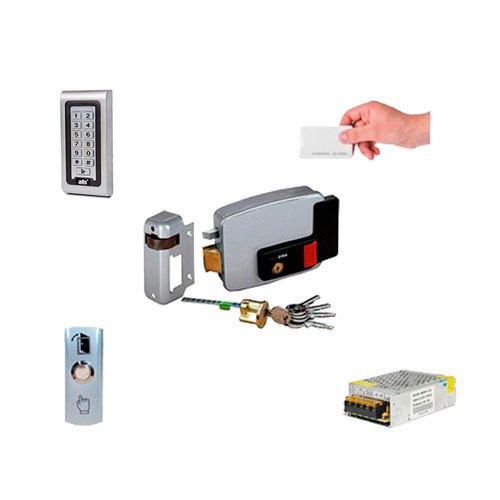
How car keypad locks work
Content
Keypads pioneered by Ford let you lock and unlock without keys
Keypad door systems, pioneered by Ford, began to appear in high-end cars and SUVs in the early 1980s. Ford took advantage of the digital computer revolution at the time - the automaker was one of the first to use digital technology to control the car and engine - to add a keyboard function. Keypads may be located at the bottom of the driver's side window from or along the driver's side pillar. The keypads light up when you touch them so you can enter codes.
How keyboards work
Keyboards work by generating sequences of numeric codes. The codes are sent to the security control module, the computer that controls things like locking the doors, locking the trunk, setting and arming the alarm system, and the like.
The security control module receives the code sequences, decodes them and generates the appropriate voltages for the door lock actuators. In turn, the voltages activate the locking and unlocking of the doors. The keyboard also issues codes that will:
- Activate memory seat functions
- Unlock trunk
- Activate tailgate on SUV
- Lock all doors
- Unlock all doors
The code of each car is unique
Each car produced has a unique code programmed at the factory. It is stored in permanent memory, so it cannot be erased or overwritten. However, if you wish to program a unique code, the keypad also allows you to override the factory programmed sequence and enter your own. As soon as you enter the new code - the procedure is described in the user manual, as well as on the Internet - you are all set. If there comes a time when you need to unlock your car and the individual code is not available, you can still use the original code. Just follow the manufacturer's instructions for using it.
Common keyboard issues
Due to their location on a window frame or on a panel on one of your vehicle's body surfaces, keyboards can suffer from a number of problems, including:
- mud pollution
- Dust
- seepage
- Short circuits
- open chains
- Sticky buttons
Suffice it to say that each of the problems can lead to failure of the keyboard. Dirt and dust can eventually break the closure of the purulent button. First, keyboards work well because of their complete sealing against weather and dirt. However, over time, when the keyboard guard fails, dirt and dust can get on individual keys, preventing them from closing. Similarly, water seeps around any protective screen. A short circuit and an open circuit, although they cause the same malfunction of the keyboard, are different electrical faults. Short circuits can result from the contact of frayed wires with screws or case metal, while open circuits are non-working parts of the circuit. The circuit can open if any part, such as a diode, fails. Sticky buttons can fail because they stick. They are usually the result of wear and tear.
Keyboard repair and cost
If the keyboards are made correctly and properly shielded, they should last at least 100,000 miles. If you need to replace your keyboard, ask your mechanic to find the best replacement for you within your budget. Keyboard repairs usually involve replacing the entire keyboard rather than individual keys. This may also include replacing the wiring harness and connectors. This may also include replacing various relays, solenoids, and possibly the control module itself.
